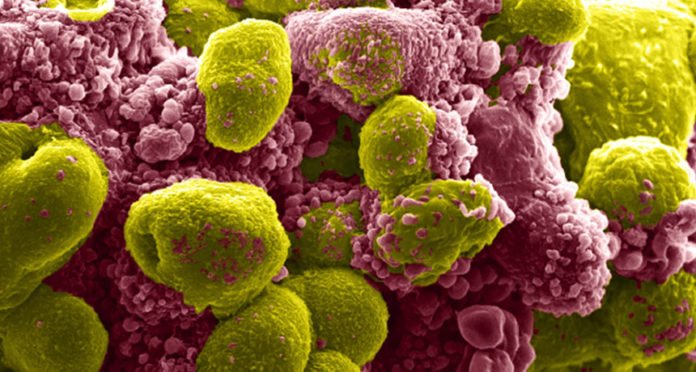Two Stanford University system’s biologists, Xianrui Cheng and James Ferrell, have discovered the speed at which cells die. The study could resolve a debate over whether these death signals spread by diffusion, with signaling molecules working their own way across a cell or as self-regenerating trigger waves, like toppling dominoes.
By studying frogs’ eggs, Cheng and Ferrell have measured the rate of apoptosis, which is best understood as a form of cell suicide or ‘programmed cell death’, by which cells kill themselves off for the organism’s greater good. Sometimes the cell senses it is time to quit; other times neighboring cells give it a nudge via trigger waves. Cheng and Ferrell have measured the speed of those trigger waves.
What scientists found is that the speed at which the apoptosis move through a cell like a wave is 30 micrometers per minute.
Apoptosis is an evolutionarily conserved form of programmed cell death critical for development and tissue homeostasis in animals. The apoptotic control network includes several positive feedback loops that may allow apoptosis to spread through the cytoplasm in self-regenerating trigger waves.
The apoptosis process starts with the damage that releases the death signal chemicals. One example is cytochrome c leaking from damaged mitochondria, the cell’s power plant. Once cytochrome c concentrations get high enough, the chemicals signal proteins called caspases to go to work.
Caspases trigger other proteins to poke holes in neighboring mitochondria, releasing more cytochrome c and moving the death wave across the cell. This process is faster than the process of diffusion. During the experiment on the frog, scientists found that a trigger wave takes about a half-hour to spread across the 1.2-millimeter cell, whereas diffusion would take five hours.
Ferrell said, “Like forest fires, trigger waves will keep going as long as there is fuel to feed them — in this case, the death signal chemicals and proteins.”
“We biologists are just waking to this idea that trigger waves are a recurring theme in biological communication.”
This finding published in the journal Science could give scientists clues about how to persuade cancer cells to kill themselves.
